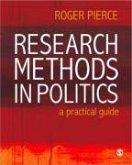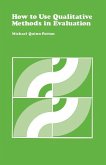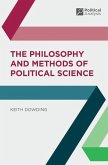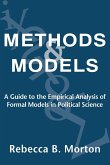Every methods course needs to provide students with careful explanations and step-by-step guidance on research design and techniques. But how many illustrations are you offering of particular methods in actual research situations? David Rochefort answers this need with a volume of political science readings that helps students take their knowledge of abstract concepts and integrate it into the broader context of social science research and analysis.A reliable source for high quality, yet concise, empirical studies that draws from all sub-fields of political science, PS offers the perfect material to supplement your current text. Rochefort introduces each selection with a substantial headnote to give students context for the type of research and statistical analysis the article utilizes. He then provides a set of questions at the end of each reading that focus on four topics:Why was this research needed?How was this research done?What are the findings?What does it mean?Rochefort also showcases an "Author's Retrospective" that gives scholars an opportunity to speak directly to students about what they want readers to learn from their article, as well as how their perspective on their research has changed since the time of its original publication.An introduction and conclusion speak to the demands of learning statistics "in action" and a Topical Guide in the front of the book points students to readings that focus on particular skills and techniques, covering both research methods (questionnaire design and original data collection, for instance) and quantitative techniques (confidence intervals, graphing, crosstabulation, and regression, to name a few).








